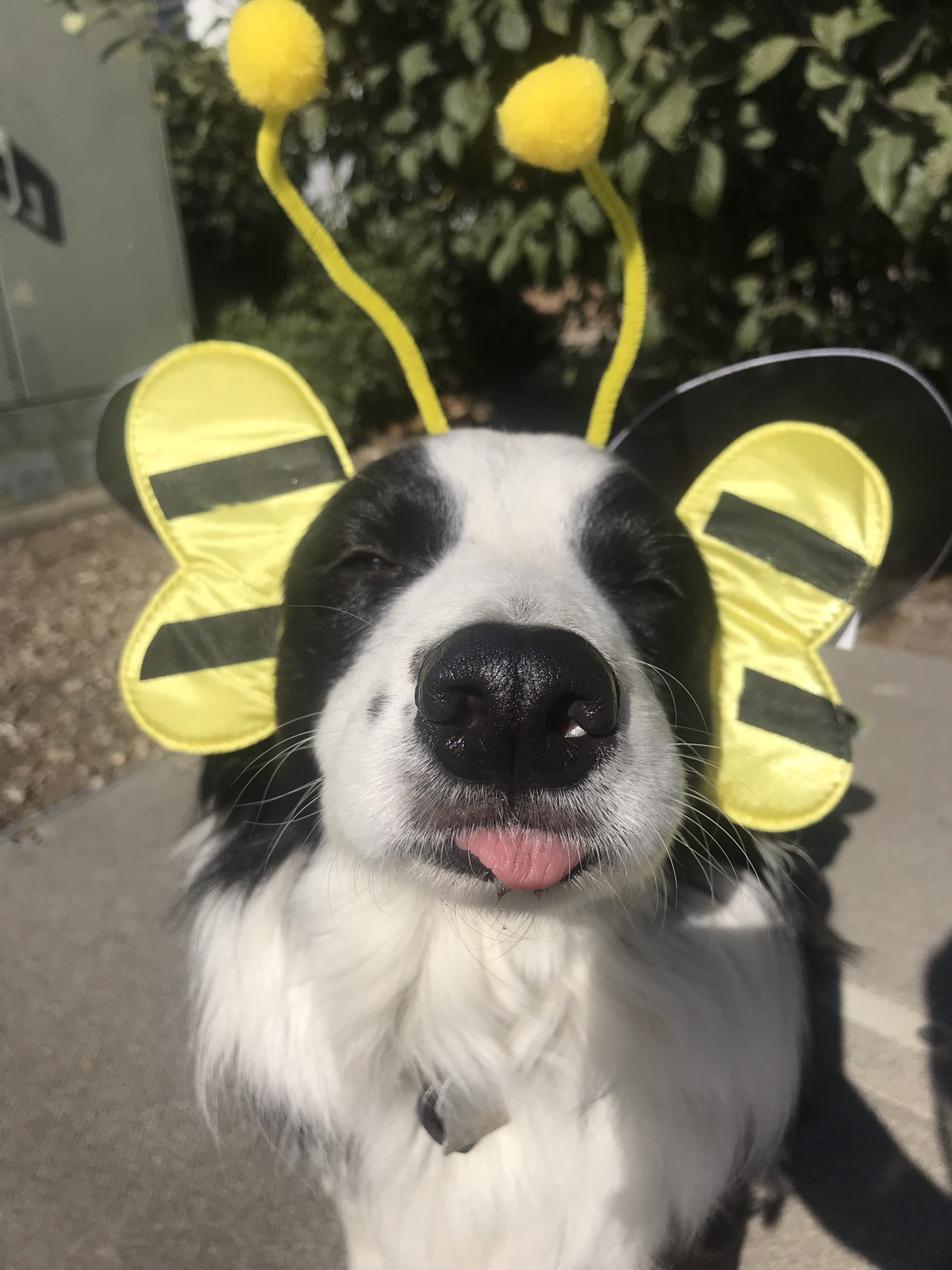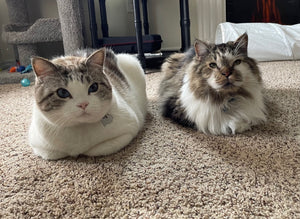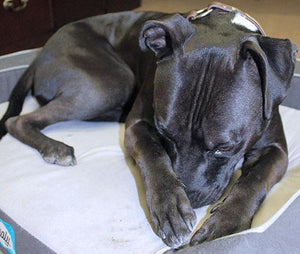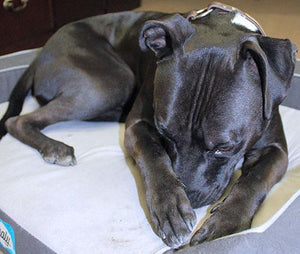Teaching Your Dog to Wear a Halloween Costume
With Halloween right around the corner, you might be wondering...should my dog wear a costume too? Our furry friends are a part of the family, so it seems only fair that they get involved with the Halloween festivities!
However, not all dogs will take kindly to a costume, despite how cute they may look dressed up as a festive pumpkin. You know your dog best, so if you feel that a costume is something they will tolerate (maybe even enjoy!), we’re here to help with some tips on how to train your dog to wear a Halloween costume this year.

Choose the Right Costume for Your Dog
Choose the right outfit for your dog based on what they’re comfortable with! Some dogs will be totally fine wearing a jacket, but not okay with anything that touches their ears. Every dog will react differently to various costume types, so it’s a good idea to try out a few different options to see which ones your dog seems to tolerate.
Go for something as lightweight and comfortable as possible. This will make the training process go much more quickly, and it will keep your dog comfortable if they are wearing the costume through a long night of trick-or-treating with the family.
Use Positive Reinforcement
Once you decide on the Halloween costume you want your dog to wear, it’s time to start the training process. Slow and steady is the name of the game here. Getting too excited and forcing your dog into their cute new costume will only leave them with negative feelings towards it.
Try to purchase your dog’s Halloween costume a few weeks before Halloween to allow enough time for training.
Start by letting your dog sniff the costume you got for them to get used to the scent. Then, move on to putting the costume on them. It’s important here to take things slowly. If you got a costume with multiple pieces—a hat, shoes, a jacket, etc—go one by one rather than tossing everything on them all at once. To help them feel more comfortable in the costume, try taking them on a pre-Halloween walk in it to see if they are comfortable out of the house wearing their costume.
As you put the costume on your dog, talk to them in a soothing voice, reassuring them that no harm is to come. Once the costume is successfully on make sure to give them lots of treats, toys, and love so that they associate the costume with positive feelings.
Rinse and repeat. Take the costume off, give your dog some time to themselves, then repeat this process until your dog is completely comfortable in their new look.

Know Your Dog’s Body Language
It’s important to understand the signs of stress in your dog so that you can remove the costume right away if needed. Look out for these warning signs that your dog is getting uncomfortable in their outfit:
- Ears pinned back
- Tail between their legs
- Crouching
- Pacing or shaking
- Excessive panting
- Whining or barking
- Yawning, drooling or licking
If you notice your dog exhibiting any of this behavior, take the costume off right away and let them unwind in a comfortable space with water, treats, and toys to distract them.
It’s important to note that while your dog might be totally fine wearing the Halloween costume at home, a night out trick-or-treating presents a whole different set of stressors. This is especially true for quarantine puppies, who might not be used to such large crowds of people.
Screaming kids, barking dogs, large crowds...all of these things on their own are enough to put a dog on edge. Toss a costume into the mix and you may have a very uncomfortable dog on your hands. Make sure to keep an eye on your dog throughout the night, checking in to make sure they are comfortable and happy.
If you need to leave your dog at home while you’re out with the family, a Dragon Pet Door is perfect for allowing them to come and go outside as needed. Up for some more fun training with your dog? Check out how to make a pet obstacle course in your backyard!




